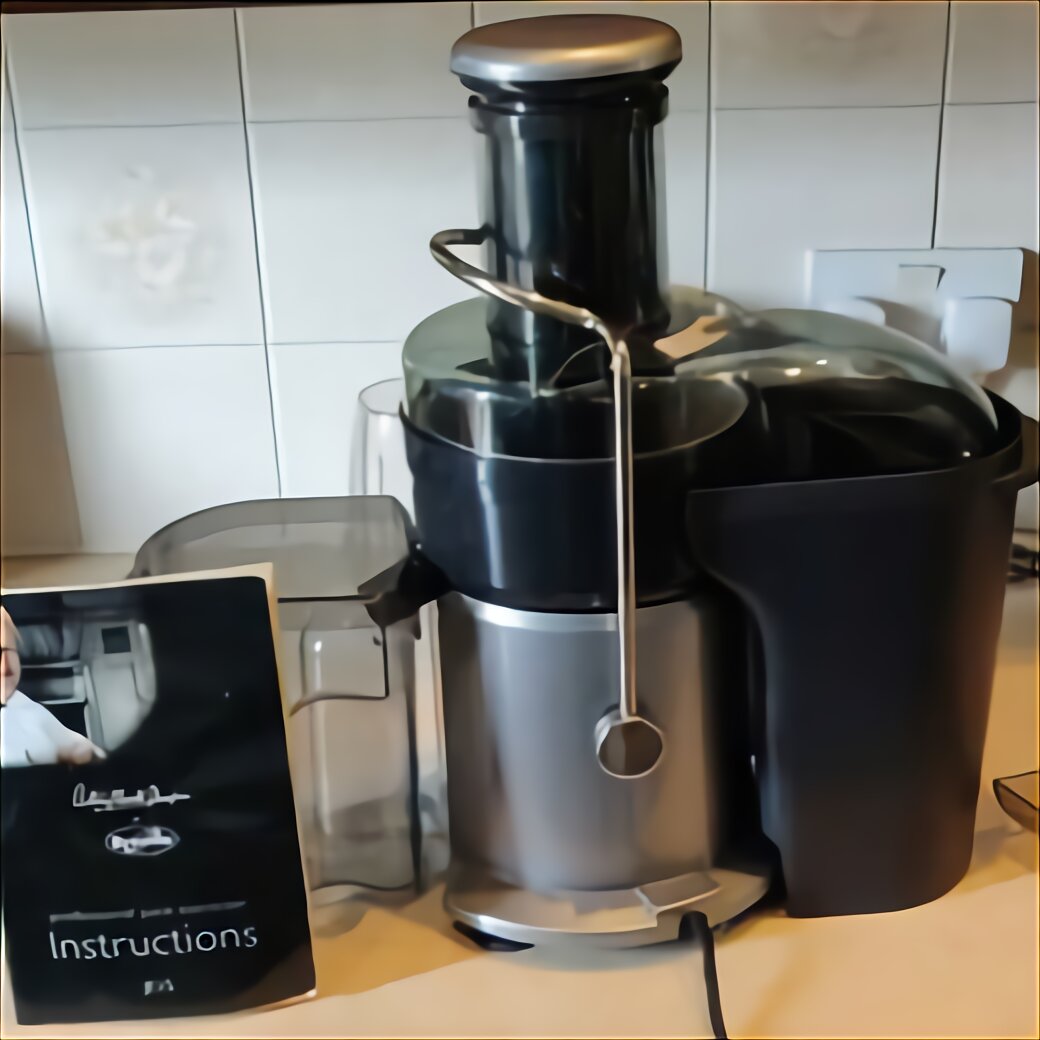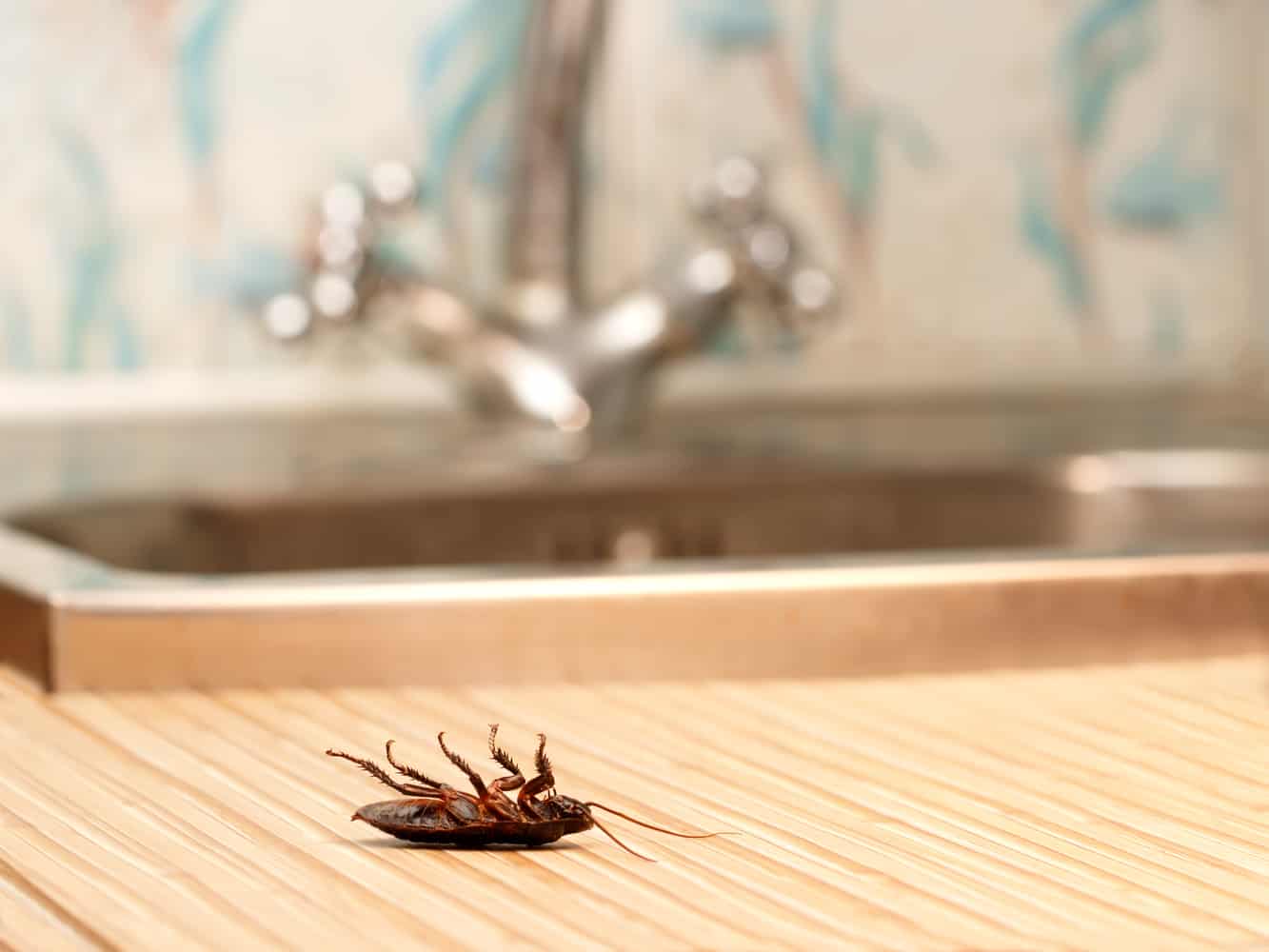Faucet dripping is one of the most common plumbing problems homeowners face. It’s easy to ignore the constant drip-drip-drip sound, but it can add up to a significant waste of water, resulting in higher utility bills at the end of the month. Furthermore, a dripping faucet can indicate other underlying problems, such as worn out parts, corroded pipes, or high water pressure, which can cause more serious plumbing issues down the line.
If you’re tired of the annoying sound of a dripping faucet, here’s what you need to know.
First, let’s understand why a faucet drips in the first place. The most common cause is a worn-out washer inside the faucet handle. The washer is a small disc that creates a seal to stop water flow. Constant use can make the washer wear out, become loose or torn, resulting in water seeping through the faucet.
Another common cause of dripping faucets is high water pressure. When the water pressure in your pipes is too high, it puts undue stress on your faucet and can cause the washer to wear out faster. Additionally, high water pressure can also cause your pipes to corrode and rupture, leading to costly repairs.
Finally, corrosion or mineral buildup inside the faucet can also cause it to drip. Over time, minerals in your water can build up inside the faucet, making it harder for the washer to create a proper seal.
If you’re experiencing a dripping faucet, the first thing you should do is turn off the water supply to the affected faucet. Next, remove the faucet handle and inspect the washer. If it’s worn out or damaged, replace it with a new one. If the washer looks fine, check the O-ring, which is another small disc located beneath the washer. If it’s loose or damaged, replace it as well.
If your faucet is still dripping after replacing the washer and O-ring, it’s possible that your pipes have high water pressure. To check, you can purchase a pressure gauge from your local hardware store and test the water pressure in your home. If it’s above 80 psi, you may need to install a pressure-reducing valve to lower the pressure.
Finally, if mineral buildup is causing your faucet to drip, you can soak the faucet parts in vinegar overnight to dissolve the mineral deposits. Use a toothbrush to scrub away any remaining buildup, and reassemble the faucet.
In summary, a dripping faucet is not only annoying but also a waste of water and can indicate other underlying plumbing issues. If you’re not comfortable fixing it yourself, it’s best to call a licensed plumber to diagnose and fix the problem for you.
If you are searching about How many faucets should you leave dripping? Freezing temperatures can you’ve came to the right page. We have 8 Pictures about How many faucets should you leave dripping? Freezing temperatures can like How Cold Does It Have To Be For Pipes To Freeze? (Find Out Now, How many faucets should you leave dripping? Freezing temperatures can and also STEM: Every Drop Counts – Project Learning Tree. Read more:
How Many Faucets Should You Leave Dripping? Freezing Temperatures Can

www.al.com
dripping freezing flint kreischer mlive redistribute staten grymes boil silive
Does One Dripping Faucet Really Prevent Frozen Pipes? | HowStuffWorks

home.howstuffworks.com
frozen sump bathtub leaky pumps howstuffworks basics
How To Prevent Pipes From Freezing | GEICO
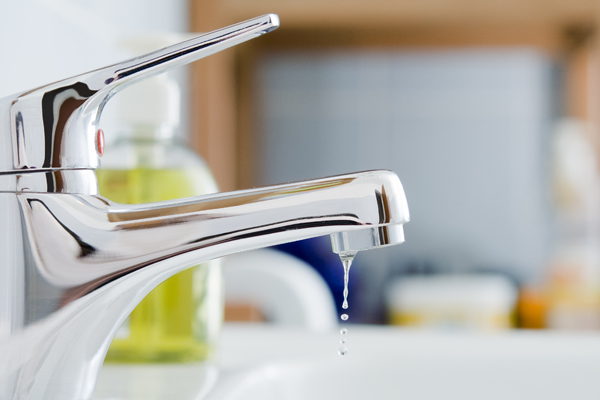
www.geico.com
dripping faucet leave water leaking geico plumbing faucets bathtub leaky sink own fix turn ok ever maintenance living shower replacing
Why Your Faucet Keeps Dripping – Top Of The Line Plumbing
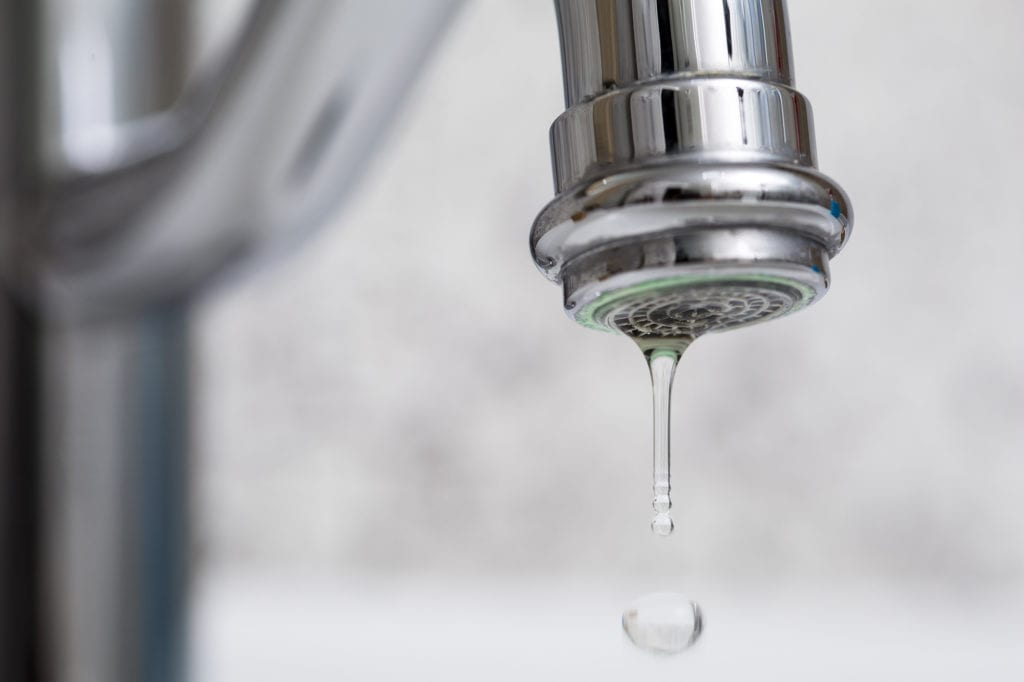
topofthelineplumbing.com
dripping chubb acquires streamlabs
Why Is My Faucet Dripping? – NIR Plumbing

nirplumbing.com
dripping
How Cold Does It Have To Be For Pipes To Freeze? (Find Out Now

upgradedhome.com
freeze pipes
Why You Should Leave Your Faucet Dripping When Temperatures Dip
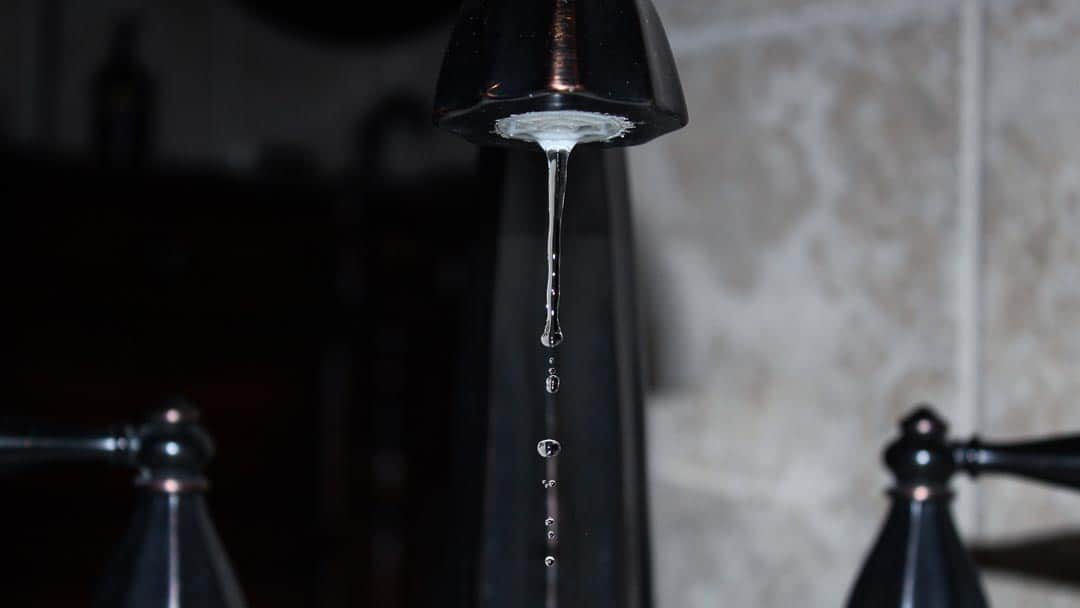
millwoodplumbing.net
faucet dripping
STEM: Every Drop Counts – Project Learning Tree
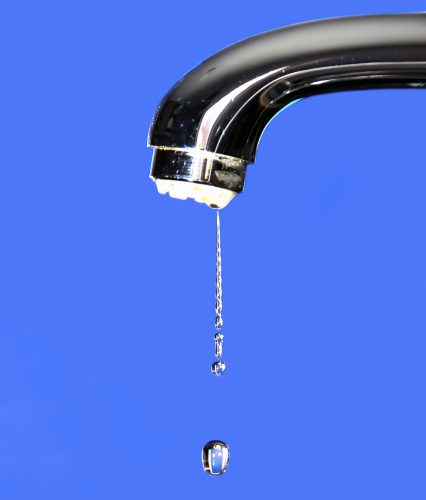
www.plt.org
stem counts drop every
Does one dripping faucet really prevent frozen pipes?. Why your faucet keeps dripping. Freeze pipes
 markanthonystudios.net Mark Anthony Studios Site
markanthonystudios.net Mark Anthony Studios Site

